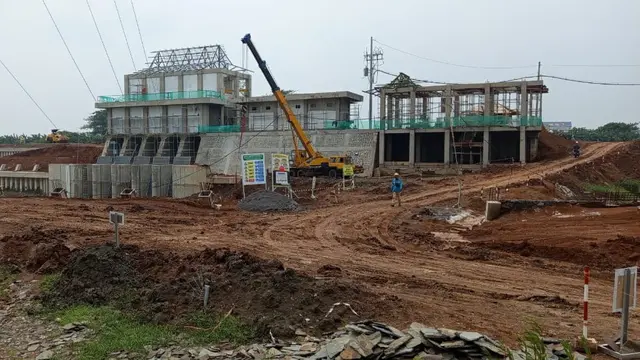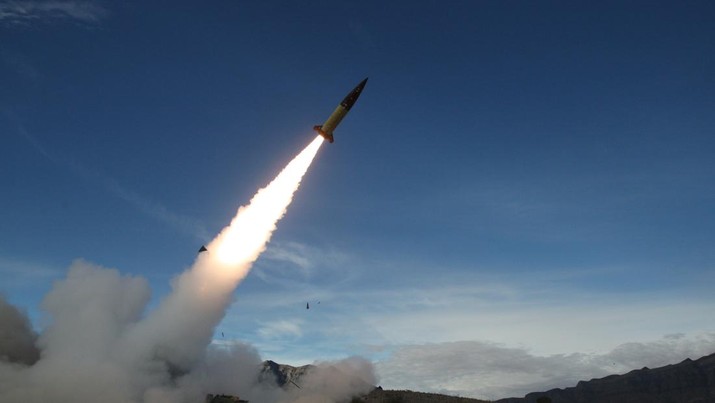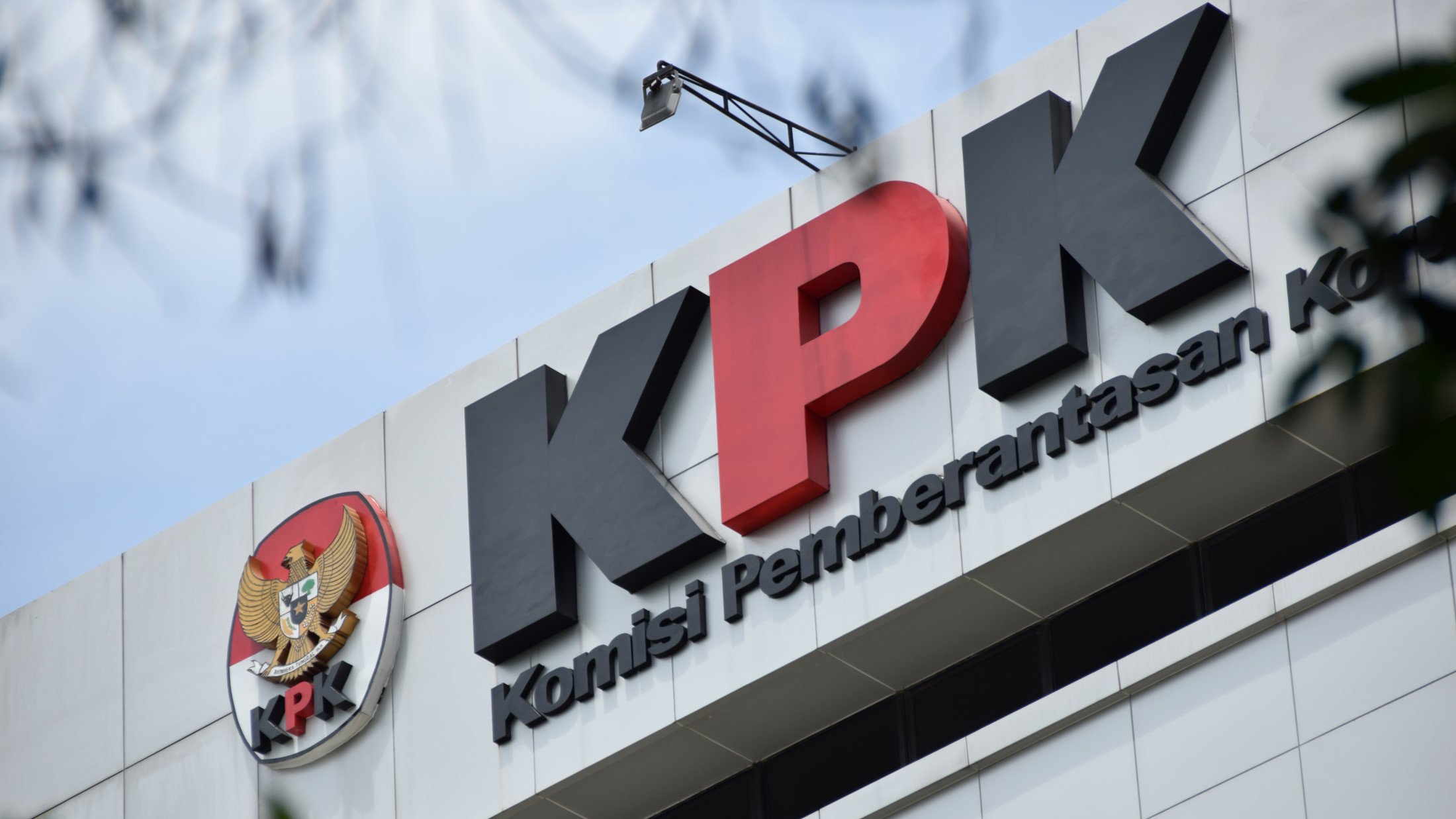The annual flood disaster that once submerged five areas in Kudus Regency, Central Java, during the rainy season is hoped not to occur again by the end of this year.
The Central Government, through the Ministry of Public Works and Housing (PUPR), has also allocated 370 billion IDR to address the flood disaster in the local district.
Handling the floods in the local area is indeed the top priority. In fact, the flood disaster temporarily disrupted traffic on the Pantura Kudus-Demak route for more than a month in early February 2024.
The allocation of Rp370 billion sourced from the 2024 state budget is for the construction of retention ponds located along the Kudus-Demak river border.
In addition to the retention ponds, hundreds of billions of the budget are also allocated for the procurement of 5 large-scale pumps, the construction of embankments, the construction of pump houses, and other supporting infrastructure.
Approaching the deadline for the completion of the megaproject by the end of 2024, Acting (PJ) Regent of Kudus, Hasan, continues to monitor the project located in Jati Wetan Village, Jati District, Kudus.
From the monitoring conducted on Sunday (24/11/2024), the project work has reached 90 percent completion. It is expected that by the end of December 2024, the project funded by the Ministry of Public Works and Public Housing (PUPR) will be completed.
“It is hoped that the presence of this retention pond can accommodate or channel large volumes of water that often flood the Jati Kudus area,” said Hasan Hasbi.
Not only the retention pond project, Hasan is also monitoring the progress of the construction of a large-scale pump house in Dukuh Tanggulangin, Jati Wetan Village, Jati District.
The presence of these five pump units will later be used to suck and channel floods in the Jati area to the Wulan River, which is located on the border of Kudus and Demak regencies.
Hasan mentioned that five pump units have been brought to Kudus. Specifically, 3 units with a capacity of 1,500 cubic meters per second and 2 units with a capacity of 500 cubic meters per second. For the operation of the pumps, we are waiting for the electricity supply from PT PLN.
“God willing, by the end of December 2024, those pumps will be operational. If there are any water accumulations, they can be immediately pumped out and channeled to the Wulan River, which can minimize the water accumulation conditions,” Hasan explained.
Hasan admitted that he has prepared preventive measures to ensure that Kudus does not experience flooding disasters again, especially now that the rainy season is approaching.
Effectiveness of Retention Ponds

On the same occasion, the Executor of the Retention Pond Construction from the Pemali Juwana River Basin Organization (BBWS), Fuad, added that the retention pond will be operational by December 31, 2024. Namely, in accordance with the established contract.
He explained that the area of this retention pond reaches 5 hectares and has a capacity of 200,000 cubic meters. Its construction is designed to accommodate water flow from an area of 7 square kilometers.
From the floods that occurred in recent years at the border of Kudus and Demak, Fuad said, it has certainly caused water pooling in several locations.
According to Fuad, the flood puddles have been carefully calculated by the BBWS Pemali Juwana. It is hoped that the flood puddles can enter the retention pond during the rainy season in the Jati District area.
Fuad emphasized that the presence of the five pump units is not affected by the water level or elevation of the Wulan River.
“It can be operated at any time without being affected by the water level of the Wulan River. So, the water accumulation can directly enter the retention pond without waiting for the Wulan River’s discharge to decrease,” he emphasized.
The BBWS Pemali Juwana has also prepared two sluice gates near the bridge and upstream. When the water flow of the Wulan River is low, the pump is not activated and the water can flow directly through the gates.
“However, when the water level of the Wulan River is high, the gates are closed and the pumps are activated. So all the drainage water elevation is directed to the retention pond,” he concluded.






Leave a Reply